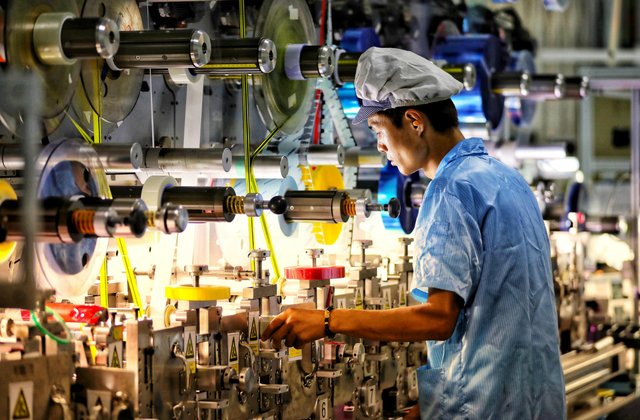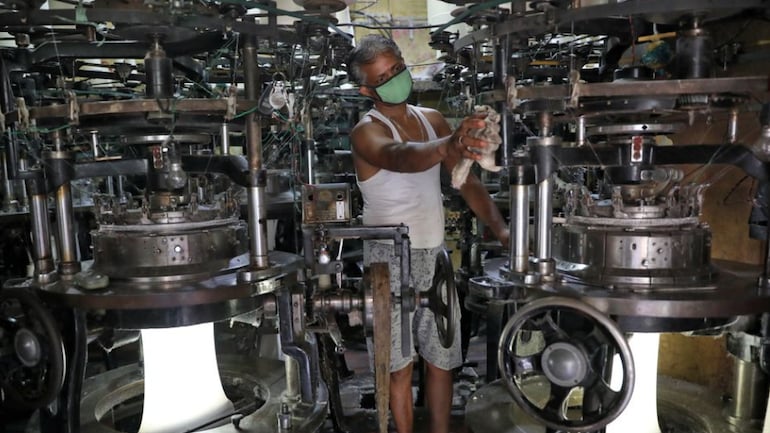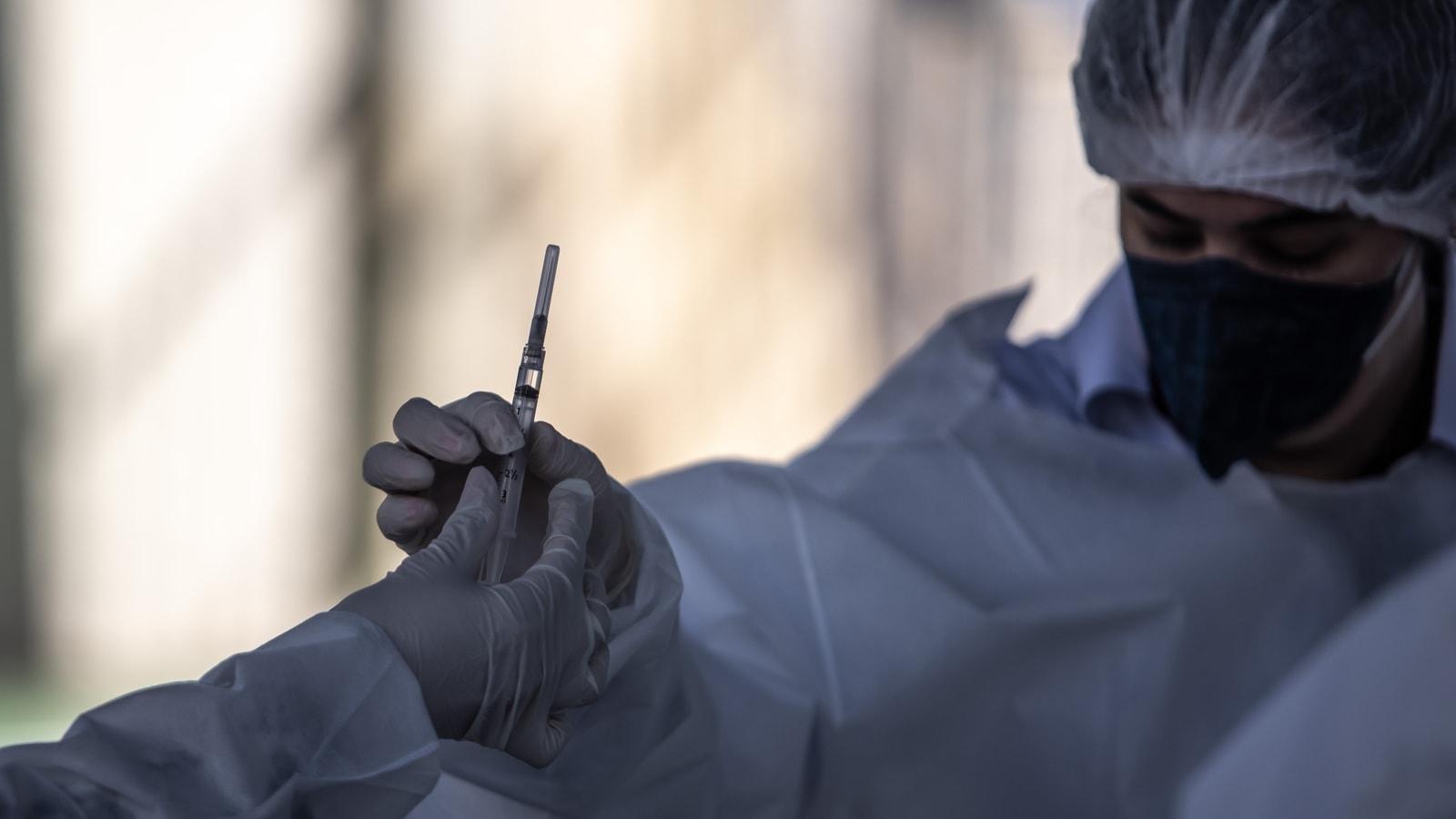
In a twist of pleasant events for India, its various economic indicators are now pointing towards recovery. It is no news that the pandemic had ravaged the economy, so much so, that the economy had contracted by an unprecedented 8% for the financial year 2020-21. Additionally, the economy had contracted by a significant 23.4% in the first quarter of the same financial year.
This emphatically showed that India’s economy was amongst the worst-hit economies around the world. Though the economy had shown signs of recovery in December 2020 and the economy had exited its technical recession after festive season. But many have cast their doubts over economic growth as the second wave had again led to the imposition of partial lockdowns across various states which had made the business slightly non accomodative.

picture credits- India today
Economic activity:
But amidst all the uncertainty and detestable contraction, economic activity emphatically showed record expansion. The record expansion was recorded for the week that ended August 8. According to the report that was released, Nomura India Business Resumption Index (NIBRI) soared to a whopping 99.4. it is to be noted that the Business Resumption Index was up from 94.0 last week. The fact that such a resumption and growth was recorded is that detestable Covid-19 cases have remained under control which has ensured higher mobility amongst people, who are now venturing out of their homes after covid fatigue.

picture credits- India today
How is NIBRI calculated?
The Nomura India Business Resumption Index is a compilation of various trackers. These trackers include Apple driving index, Google and electricity demand. these are quite detailed and accurate indicators of economic activity in the economy which gives NIBRI a credible standing. On the other hand, these are also known as high-frequency data because they change quite frequently.
It is to be noted that the resumption in economic activities is not sudden but comes after various plateaus and depressions. According to reports, after briefly plateauing, the mobility index picked up sharply. Such a spike was noted in Google retail, workplace which rose by a significant 7.4 percent and Google recreation index which rose by a significant 5.3 percentage. On the other hand, the apple driving index had risen by a significant 6.7 basis points. It is to be noted here that a percentage point is equal to 100 basis points.
It is no news that manufacturing which is the biggest contributor to the economic GDP is also an avid user of electricity. Thus, it can be rightly stated that electricity consumption is quite a comprehensive indicator of the pace of economic activity in the economy. According to the Nomura index, power demand in the economy rose by 5.3% week on week. This shows record expansion in the consumption of power. It is to be noted here that this came after power usage has been shrinking for three consecutive weeks straight.

On the other hand, the labor participation rate rose to 41.5%. according to reports, the participation rose from 39.8%. This effectively points towards the fact that employment will be on the rise in the future as more people are looking for jobs. But at the current moment, unemployment woes in the economy have been exacerbated as job-seeking individuals have pushed up the unemployment rate to 8.1%.
On the other hand, a robust vaccination campaign administering nearly 5 million doses of vaccination a day is also a key reason for the rise of economic activity and economic exuberance. The Nomura firm additionally maintained that the vaccination pace is higher than the daily active covid rate of 3.9 million seen in the month of June.
However, it is to be noted here that this data varies widely throughout various states. Various states like Karnataka and Tamil Nadu have imposed restrictions to counter the daily rise in fresh covid patients. On the other hand, Maharashtra, which was reeling under covid stress has now announced further relaxations.
Another reason that has contributed to such a rise in economic activity in India is rising domestic and international demand. the Indian trade, effectively exports, has risen to an all-time high at the back of international demand, which itself is resuming from its economic slump. Domestically, the recovery in manufacturing has effectively prompted companies to create new jobs. This comes after the deadly second wave of the pandemic that had disrupted the economic activities immensely and had led to the loss of livelihood and jobs in the market.
Other comprehensive indicators like the Manufacturing Purchasing Managers’ Index (PMI) which is effectively compiled by IHS Market, for the month of July, had jumped to an impressive 55.3. A PMI above 50 shows expansion whereas a PMI below it shows contraction. Thus, PMI 55.3 effectively shows expansionary stage in economic activities. Additionally, it is to be noted that it has risen from 48.1 in the month of June to 55.3.
According to the IHS Market’s survey, it was effectively confirmed that the output had effectively risen at an unprecedented robust pace. It was deciphered that over one-third of companies had noted a monthly expansion in production as the business had rebounded after Covid restrictions were increasingly eased.
Pollyanna De Lima, the economics associate director at IHS Markit stated that “Output rose at a robust pace, with over one-third of companies noting a monthly expansion in production, amid a rebound in new business and the easing of some local COVID-19 restrictions,”.
Will this recovery momentum last?

There are likely chances that the economic recovery after the second wave may lose its robust momentum. Why? This is due to the fact that the threat of the odious thirds wave looms large. Additionally, several states like Kerala, Tamil Nadu which are still reeling under covid pressure may not be able to unlock or lose restrictions as quickly. Secondly, the consumer and producer’s confidence are at an all-time low which does not fare quite well for the economy.
On the other hand, rising inflation is another major hurdle that lays in the path of economic recovery. Higher fuel prices, coupled with increasing commodity prices are burning a hole in the consumer’s pocket.
It is no news that supply-side restrictions persist, thus, lack of raw material availability, supply-side restrictions and high freight charges are likely to drive up the input costs.
De Lima stated that “With firms’ cost burdens continuing to rise, however, and signs of spare capacity still evident, it’s too early to say that such a trend will be sustained in coming months,”.
Thus, what the future holds for the economic prosperity in India is yet a mystery that is yet to be deciphered.
Edited by Sanjana Simlai.




